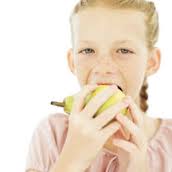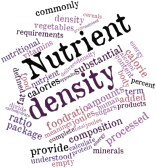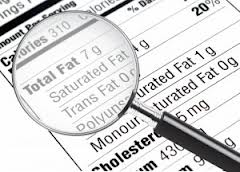As my personal plate is over-flowing at present, I am posting a summary of a recent Designed for Health class. Sorry for the slow down on posts, but life happens. Blessings to all who are marking milestones with graduations right now! Can’t wait to cheer our daughter as she receives her MD from the University of Iowa!
Nutrient Dense Food—
What does that mean to you?
So, we’re looking at food as close to its original form as possible: fresh, minimally processed, with no long list of ingredients. What we need to be looking at is not counting calories but “is eating this food going to do me good or harm?” Is this food nutrient dense?
fresh, minimally processed, with no long list of ingredients. What we need to be looking at is not counting calories but “is eating this food going to do me good or harm?” Is this food nutrient dense?
We’ll get into this more in the fall postings, but you’ve certainly heard of essential fatty acids and essential amino acids? Those come from (good) fat choices and protein choices, respectively. But did you know there are NO essential carbohydrates! Therefore, to maximize the goal of food being nutrient rich, it’s the carbohydrate category that can do us harm.
Now, if you try going gluten-free for the next month or so, you will automatically avoid the empty calories of breads, cakes, pastas, etc. made from wheat, barley, or rye. While I am sharing with you gluten-free “conversions” for those items, it is still possible to maintain the empty calorie sink hole with gorging on scrumptious gluten-free scones every day! So keep that in mind. Treats are treats. I am trying to guide you toward being gluten-free; that’s baby steps, but carbs are carbs.
 Okay so where do we spend our carb calories? Nutrient dense vegetables and some fruits of every kind and of every color should be our goal. That’s why I started our first class with the smoothie chart. What a wonderful drink in which to pack nutrients!
Okay so where do we spend our carb calories? Nutrient dense vegetables and some fruits of every kind and of every color should be our goal. That’s why I started our first class with the smoothie chart. What a wonderful drink in which to pack nutrients!
For lunch yesterday I fixed a smoothie with a whole pear, 1/3 avocado, ¼ each lime and lemon, soaked chia seeds, sweet spices, three leaves of Swiss chard, two handfuls of baby spinach, unsweetened grated coconut, whey protein, and coconut milk. It made three glasses full so there are snacks and meals already waiting for me in the refrigerator!
Please note the following resources for more information about gluten:
Dr. Mark Hyman, MD – on his home page type in the search box: Three hidden ways wheat makes you fat to read the full article.
On Marksdailyapple.com, Mark gets pretty technical, but has a truck load of information. Click on the testimonials section for folks who talk about massive health turnarounds through food.
What does sugar do to us? Well, briefly…
It skyrockets your blood sugar levels which in turn calls for you to make, release, and respond to insulin. A problem with any part of that process is called Diabetes.
Sugar is addictive in the same way crack and heroin are addictive. The opiate receptors in our brains are stoked and demand MORE!
By-the-way, starchy carbs are also addictive for the same reason!
Sugar is inflammatory to the body, affecting the heart, joints, skin…pretty much everything.
Where gluten is found –
Well, if you eliminate wheat, barley, and rye, you are well on your way, but gluten is also found in the ingredient lists of packaged and processed foods. Many food labels now sport gluten-free entries under allergy information, but those not labeled gluten-free, you will have to check the list.
Beware of anything with the word ‘wheat’ or ‘wheat starch’ in it. I used to love sautéing artificial crab meat with onions, veggies, and spices for a great hot cracker spread, but in the ingredient list is ‘wheat starch’…
In restaurants, ask for the gluten-free menu. Outback’s original way of cooking their steaks has gluten, but their fire cooked steaks are without gluten! Who would have known! Good news! Their brownie covered with chocolate sauce and ice cream is gluten-free! Birthdays happen!
 Beware of gravies of any kind; they usually come out of a can and all contain gluten. Soy sauce has gluten, but you can use Tamari or Coconut Aminos instead at home.
Beware of gravies of any kind; they usually come out of a can and all contain gluten. Soy sauce has gluten, but you can use Tamari or Coconut Aminos instead at home.
Always read labels and look for yourself. While you’re at it, look for items without added sugar, too!
Hope these tips for nutrient dense foods and gluten-free advisories will help you in the coming week.
Deidre
Disclaimer:
The information being discussed in these blogs is NOT intended to replace a relationship with a qualified health care professional. Foodtalk4you blogs endeavor to empower people through the exploration of publicly available resources of information about human anatomy and physiology, and how different foods affect the human body. Readers should seek the advice of their qualified health care providers with any questions about their medical conditions or health status before attempting any dietary, exercise, or lifestyle changes.
